#MarketersBreakfast Recap | Marketing Therapy
The Setup #MarketersBreakfast is a chance for marketing leaders to gather together each quarter as peers to network with, learn from, and inspire one another.
Several years ago, we presented the theme “Marketing Therapy” to our Setup audience. A lot has happened in the last six or seven years, and what better way to process challenges than through group therapy? Whether in your personal or professional life, it’s important to realize you are never alone, and challenges are just opportunities for growth, innovation, and insights.
The beauty of our #MarketersBreakfast is that we gather a collection of marketing leaders with years of experience who are eager to connect and share their expertise.
For the event, we crowdsourced challenges Marketing leaders face, and then discussed those questions as a group. Talking points ranged from discussing rising AI technology, to acquiring talent, to branding strategies. Below is a brief recap of the conversation. (We kept the identity of contributors anonymous in true Therapy form.)
Problem #1 | How do I show measurable results for brand building and brand health efforts to the executive leadership team?
Create Evidence to Build Credibility
“I had to do proof of concepts for every single project. Use one project to prove value for the next and continue to show value and momentum. It is a long drawn out process. Use measurable marketing to prove the value, then use the trust built with that to try more immeasurable tactics,” shared a breakfast guest.
Examples
Another attendee shared that using examples (or “currency” like interviews, news, articles, etc.) that the executives are familiar with can help them visualize your project better. They suggested finding out which Brands their leadership admires, and point to published research or information about efforts from those Brands that may inspire more action.
Problem #2 | When and where should you start plugging in generative AI into marketing?
Industry-specific Cases
“Writing commentaries for Financial Services is a good use case, since it's all about reading data and rephrasing it, not more nuanced things,” shared an attendee in Financial Services.
Understand AI
There are a lot of assumptions being made about AI right now. A lot of people feel like they’ll be replaced, while some feel like it will elevate current work processes. During the discussion, someone pointed out, “We have to start at the educational level. We have to understand which part of AI is relevant before we can extrapolate to other areas of marketing.”
“At this stage, AI is not going to replace a marketer, rather it should be used to augment your speed and capabilities,” they continued. “Mood boards in the past that took days, can be created in hours by AI. Figure out where you can use AI to help save you time, and allow you to focus on the things that it CAN’T do.”
A good line of thinking is that AI is your rough draft. It can’t copy your tone or your personality, but is good to use as a guideline for quick turnarounds.
Problem #3 | In this fast paced world, marketing has a constant need to pivot due to everything evolving. How do you focus on retaining and growing new talent?
Constant Education
For new and old employees, many attendees shared the details of their internal education processes that foster growth. Some employers even survey their staff on both Knowledge and Confidence before, immediately after, and three months after the program to prove its effectiveness and fine tune the program. Employees that are learning and increasing their own confidence through programs that your company offers are more invested and more likely to stay onboard.
Reward Programs
Some companies created a rewards program where they base the rewards off their staff’s preferences, and allocate resources and budget to purchasing the rewards for their team members.
Problem #4 | How do you make the business case for more budget?
This is the question on all marketers’ minds…
Take Time
“Take little steps, and be patient. With every win comes more budget.”
Provide Results
Patience doesn’t always get you results, however, proof does. “If you are doing the bare minimum, you will not be successful. Do your research, and use the competition’s tactics as groundwork to show value. Use inherent competitiveness to encourage bravery.”
Another attendee chimed in, “Use a small portion of your current budget to prove effectiveness.”
Be Nimble
Be prepared with a plan, and plan on that plan getting thwarted. “If you bring an idea up, have the cost in mind and be prepared to execute for a lower number.” Unfortunately, marketing is a vicious cycle where we need to continue to prove our worth to get more budget, and we prove our worth through projects that require more budget.
Problem #5 | How do we generate demand for a new product or launch? How do we stand out in a competitive market?
Content
Content generation helps with B2B, and treating that content like B2C content can make a difference for B2B consumers. “AI is changing content generation,” shared an attendee. “But since our industry does not normally venture into content, we have tried to use that to differentiate ourselves.”
Focus on Competition
“If we’re gonna win, we’re going to focus on two competitors and try to find their weaknesses. Their dissatisfied customers are enough to bump our numbers.” Using competitors or other industries as inspiration for what you aren’t doing or what you could be doing better is a great way to inform innovation.
Problem #6 | When should you hire internally or get agency support for marketing? How do you find the perfect balance?
This is something that we at Setup are experts on.
You won’t know until you try. If you are going for a short-term project, then lean more heavily on external partners. That way, you won’t need to hire and lay off people during busy seasons. It is much easier to cut back on an agency than a bunch of internal hires - it’s also better for culture.
Agencies help with quick wins to help prove value. Use their expertise to quickly prove effectiveness.
Figure out where your company excels in the market. If you’re good at it and it makes your company money, keep doing it. If you’re not good at it, get help from an experienced partner.
If it’s core to your company, keep it in house and play to your strengths.
Attendees overall were pleased to hear how different industries were faced with the same problems, and that what works for one team and industry was easily transferable to others. If you would like to attend future in person or virtual events, check out our event page here. Subscribe to the newsletter below to never miss a recap, event, or update!
Over the past year, we’ve watched the following patterns emerge across seemingly unrelated sectors: rising consumer expectations, demand for authenticity, growing complexity, and the tension between automation and human connection.
We interviewed multiple marketers from an array of industries in our blogs below, and we discovered consistent trends across the board. Check out all of our industry blogs throughout 2025 from leaders at Blackbaud, Hiscox USA, Mimedx, MONPURE, Kimberly-Clark Professional, and more.
A call for marketers and agencies to participate in the 2025 Marketing Relationship Survey, before it’s too late.
On November 19, 2025, Atlanta’s vibrant marketing community united under one roof for the first-ever Atlanta Integrated Marketing Summit (AIMS) — a remarkable experience that turned inspiration into action, focused on meaningful connections, and highlighted incredible leaders from UPS, Kellanova, Edible Brands, and Papa Johns who are actively pushing the industry forward.
Explore the denim duel between AE’s Sydney Sweeney campaign and Gap’s Milkshake-fueled comeback—and what marketers can learn.
Most agency searches begin with urgency: a priority shift, a launch date appears, and suddenly, you’re writing an RFP at midnight. In that scramble, you invite too many firms, ask the wrong questions, and end up choosing based on pitch theater instead of day-to-day fit. The fix isn’t a better RFP template. It’s time - specifically, the time you spend getting to know agencies before you need one.
Marketers are grappling with how to make their strategy feel more impactful and human in 2025, but in the nonprofit world, that challenge comes with the added pressure of limited budgets and expansive missions. For Lynn Godfrey, Chief Experience Officer at Blood Cancer United, the solution lies in staying intentional, deeply segmenting audiences, and adapting quickly in a constantly evolving landscape.
Private wealth marketing is built on personal relationships, which can make the advancements in technology more and more challenging. In an industry where discretion and relationships reign supreme, marketers must learn how to integrate data, automation, and innovation without losing trust.
To explore this balance, we spoke with Cathy McLagan, Managing Director of Growth Enablement at CIBC Private Wealth US.
Joe Koufman, the Founder and CEO of Setup, explains the benefit of reviving the Atlanta Integrated Marketing System (AIMS). Bringing AIMS back to Atlanta is a chance to unite our community, foster new connections, and share practical insights from across the spectrum. Read about how AIMS benefits the Atlanta marketing community:
“Data-driven” marketing is about proactively leveraging insights to make strategic decisions. But what defines a truly data-driven media approach?
If your media strategy feels tangled and unclear, you’re not alone. Here’s how smart brands are simplifying the chaos and getting real results.
Whether you’re managing campaigns for a national brand, a franchise QSR, or a B2B tech company, the challenge is the same: how do you build smarter media strategies that actually tie back to real business outcomes? We spoke with top experts from Sagepath, Goodway Group, and Look Listen to dig into what’s working, what’s changing, and where media performance and analytics are headed next.
On a bright August morning in Atlanta, marketers from across the city from brands like Hiscox, Coca-Cola, Church’s Chicken, and more gathered for Setup’s latest #MarketersBreakfast, ready to explore a topic on everyone’s mind: How can AI truly enhance, rather than replace, human creativity?
Over coffee and conversation, attendees rolled up their sleeves for a hands-on, interactive session led by Aby Varma, the Founder of Spark Novus.
Retail marketing is entering a new era where value, trust, and operational excellence matter more than volume, visibility, and trend-chasing. As shopper expectations evolve, smart retail marketers are embracing personalization, AI, and brand positioning that aligns with customer values. We spoke with Kaylin Staub, the Chief Marketing Officer at SupplyHouse, and a leader we believe to be leading the pack in these efforts. Check out her interview.
In the midst of change and new tech, Marti Walsh, VP of Customer Experience and Marketing at Kimberly-Clark Professional, brings us back to what really matters: showing up with purpose. In this conversation with Setup, she shares how her team builds trust through consistent omnichannel messaging, thoughtful use of AI, and a commitment to authenticity that connects with real people.
Media is about delivering results that are meaningful. Your strategy should be about more than impressions. But with siloed data and rising expectations, it's hard to prioritize meaning under pressure to perform.
That’s why we’ve brought together three powerful blogs filled with insights from industry experts at the top of their media game to help you rethink your media planning, simplify execution, and activate smarter strategies that drive growth.
“Data-driven” marketing is about proactively leveraging insights to make strategic decisions. But what defines a truly data-driven media approach?
Creating a marketing budget isn’t just a financial exercise; it’s a strategic act. It’s your roadmap for growth, your guardrail against wasted effort, and, when done well, your strongest case for internal alignment and external results.
But while most marketers know how much they wish they could spend, far fewer know how much they should. So, where do you begin?
Marketers today juggle numerous platforms, overwhelming data, and competing internal demands, creating a complex media landscape that clouds performance clarity. What drives this complexity, and how can brands effectively navigate it?
Today’s marketers face immense pressure to justify media spend and measure tangible impact. But fragmented data, inadequate tracking, and unclear KPIs often cloud visibility. How can brands build smarter strategies that truly connect media spend to real business outcomes?
At Setup, we don’t just listen, we track patterns, analyze them, and come up with solutions to assist marketers with their challenges. Every year, our Marketing Relationship Survey gathers insights from brand and agency marketers to identify the core challenges, shifts, and opportunities in the client–agency relationship. These aren’t hypotheticals; they’re real-time questions marketing leaders are actively asking. And your answers help drive the industry's evolution.
Every few years, we revisit the Health and Wellness space to track major shifts. Since the pandemic, the industry has made significant strides to meet evolving consumer demands and expectations.
We spoke with Mark Yosick, Senior Marketing Director, Surgical at MIMEDX, about his experience in the space, the challenges he’s faced, and the trends he sees shaping the future.
In the last five years, the health and wellness industry has experienced a significant transformation, from personalized nutrition, to the rise of telehealth, to a growing emphasis on marketing transparency. The consumer is becoming more integral in everyday decisions across all industries.
What has changed and what is continuing to take priority in today’s health and wellness sector?
Setup CEO + Founder, Joe Koufman, sat down with Navin Sharma, Chief Marketing Officer at Church’s Texas Chicken, to talk about the importance of hard work, resilience, and why simply getting started is often the most imperative step to success.
When it comes to purchasing, today’s consumers want more than just a product–they want something to believe in. The rise of purpose-driven brands, founder visibility, AI-powered personalization (with boundaries), and culturally rooted storytelling are reshaping how beverage companies connect with their audiences.
BLK & Bold, a coffee brand built on community, culture, and impact, is a leader in this movement. In this exclusive interview with Co-Founder Rod Johnson, Johnson shares how they’re redefining what it means to market in the beverage space.
At Setup, we work with some of the finest marketing agencies across the nation–each with a unique set of capabilities. Our most recent virtual event gave our partners a platform to share an exclusive behind-the-scenes look into their process, strategy, and campaign results for an array of industries in under two hours. Ten case studies in 90 minutes and a little friendly competition.
In a conversation with Nate Bigger, Founder + CEO of MONPURE and the leader behind the brand’s marketing strategy, we heard firsthand how the company is navigating the beauty landscape with authenticity, science-led storytelling, and a deep understanding of the emotional side of self-care.
We’ve analyzed ten years of data to uncover the five biggest challenges agencies face when it comes to pitching, and how they can put their best foot forward to present themselves thoroughly and honestly, and win the client.
Setup CEO + Founder, Joe Koufman, spoke with Joshua Sims Sr., the Chief Marketing Officer at Noble Food and Pursuits about how he prioritizes relationships and embodies the humanization of marketing.






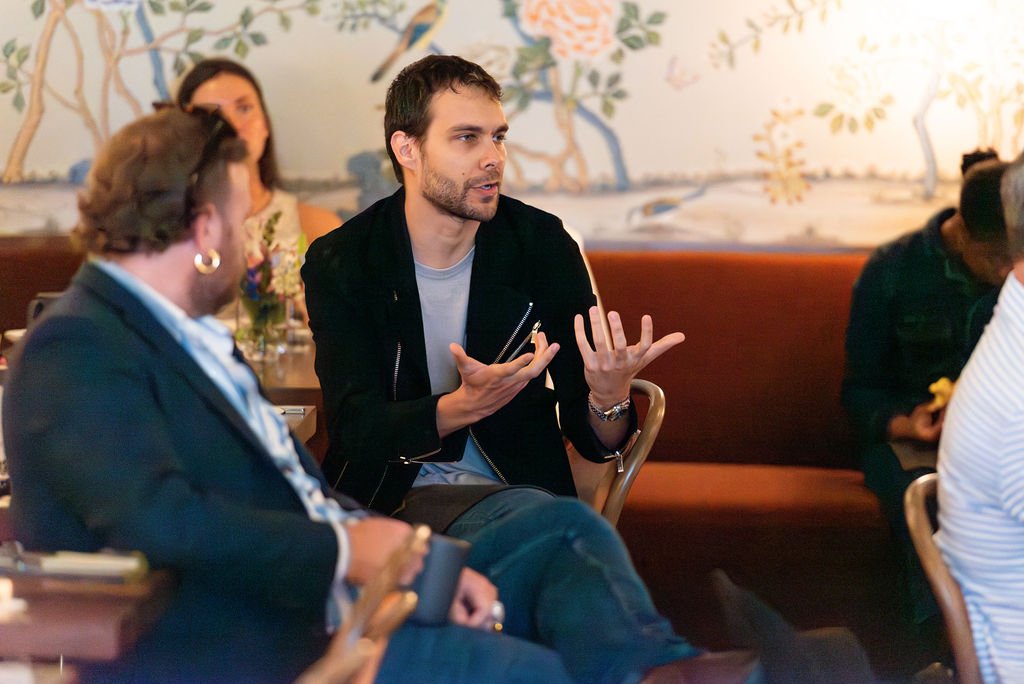
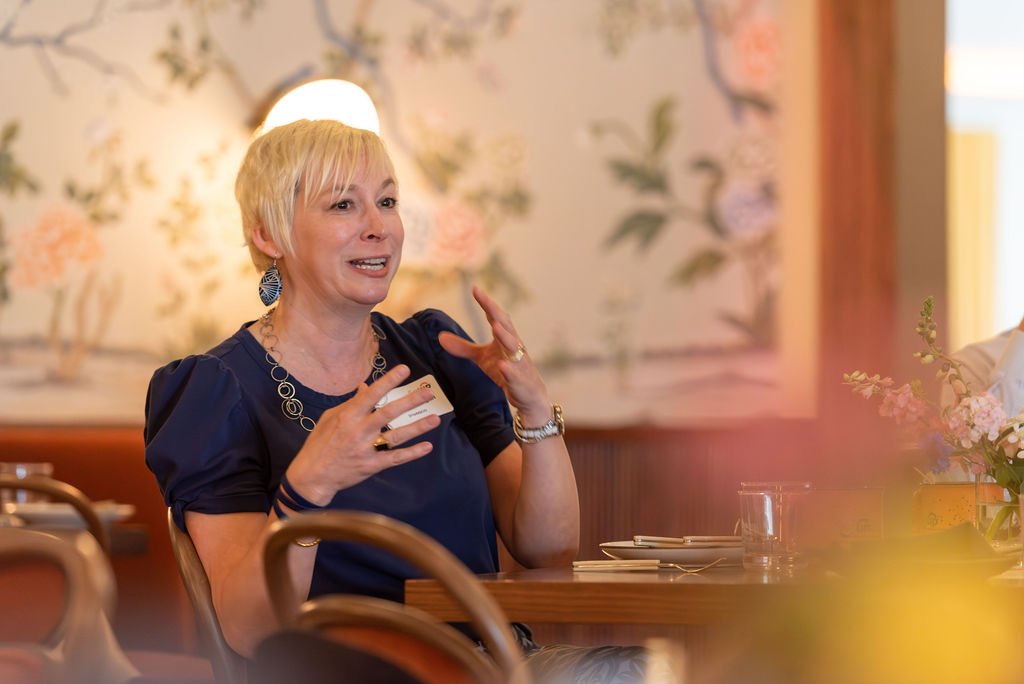





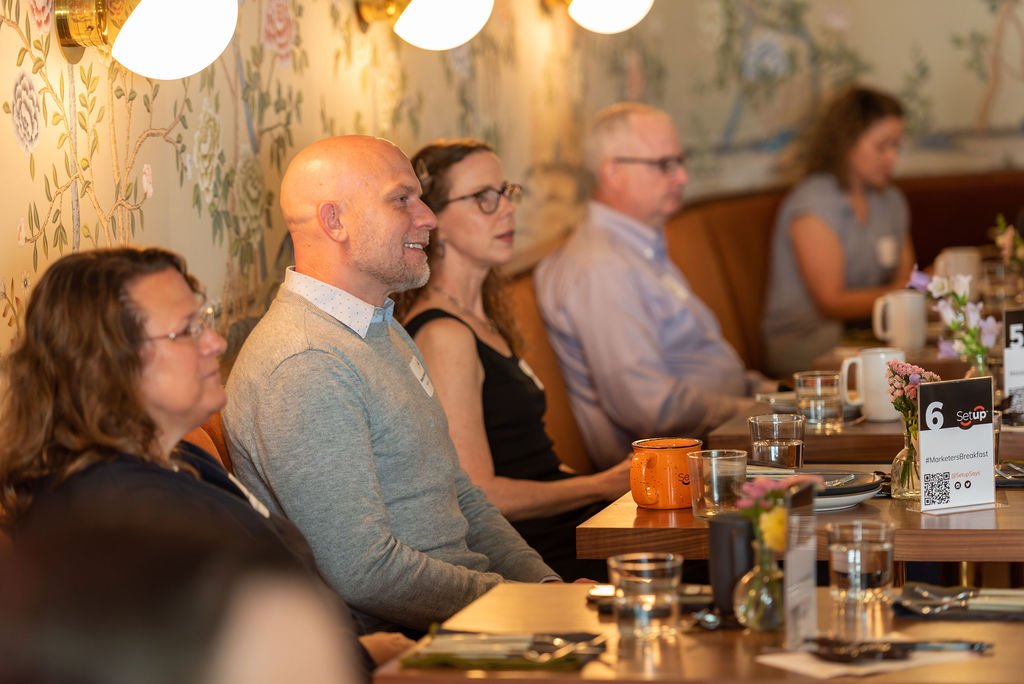

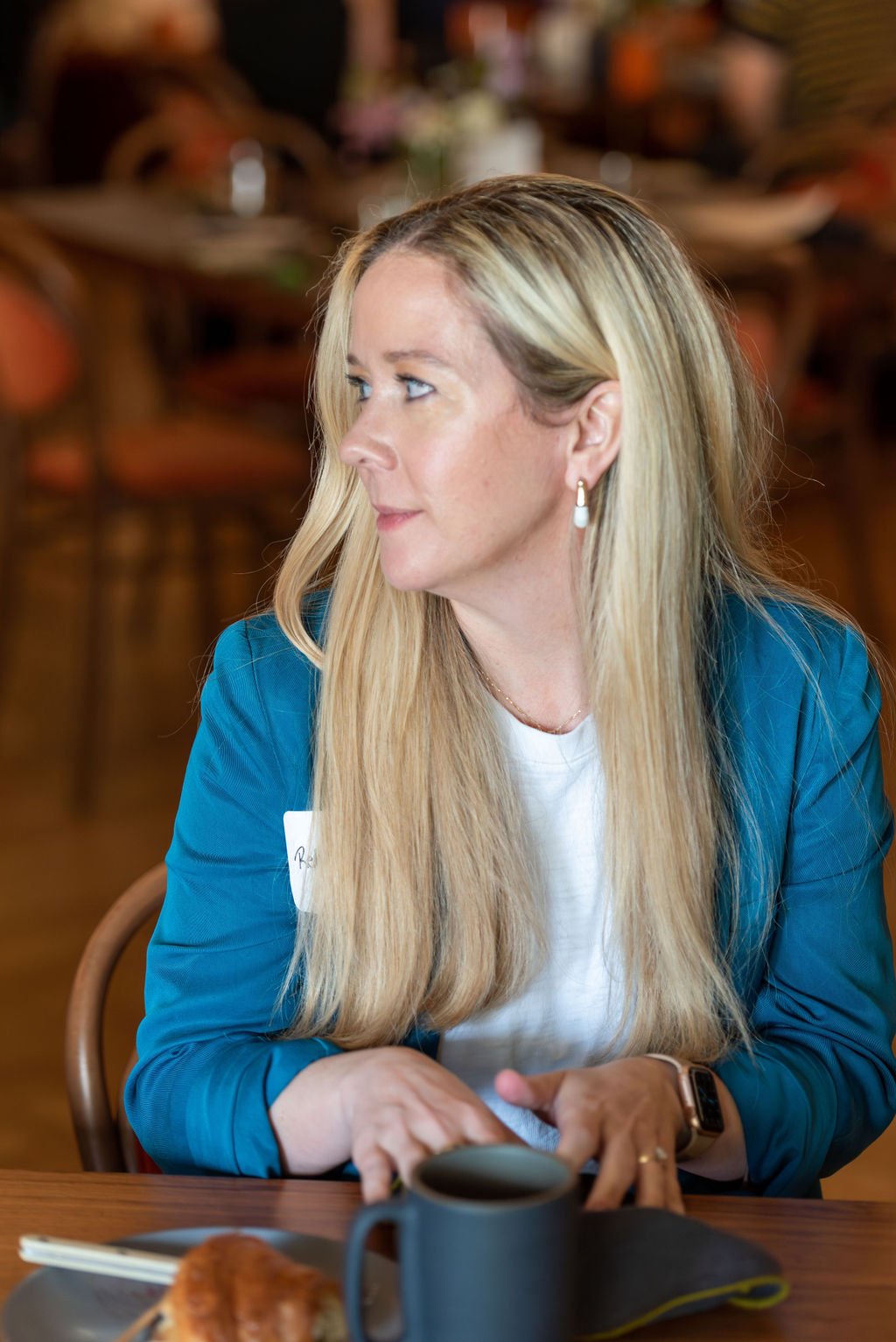
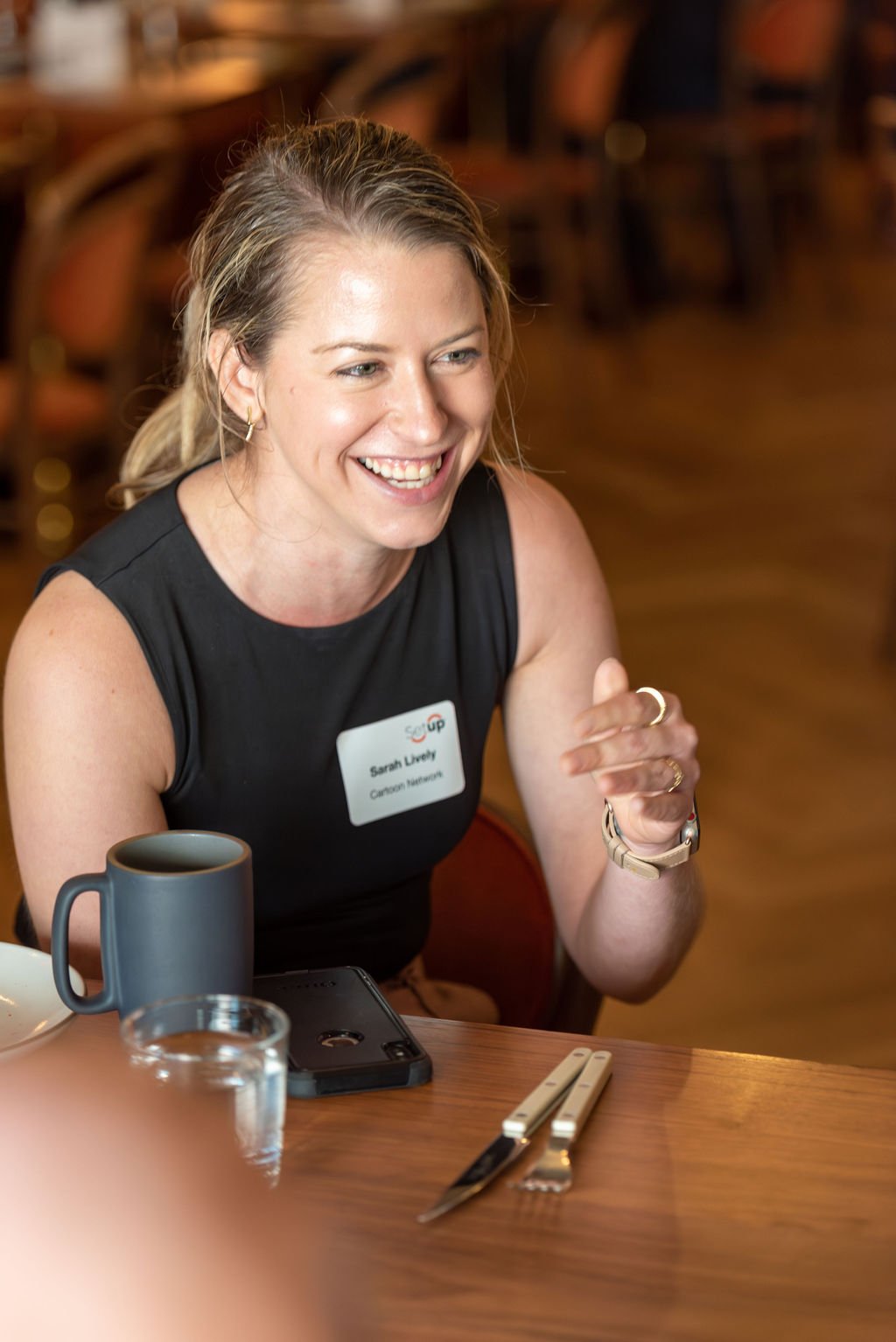




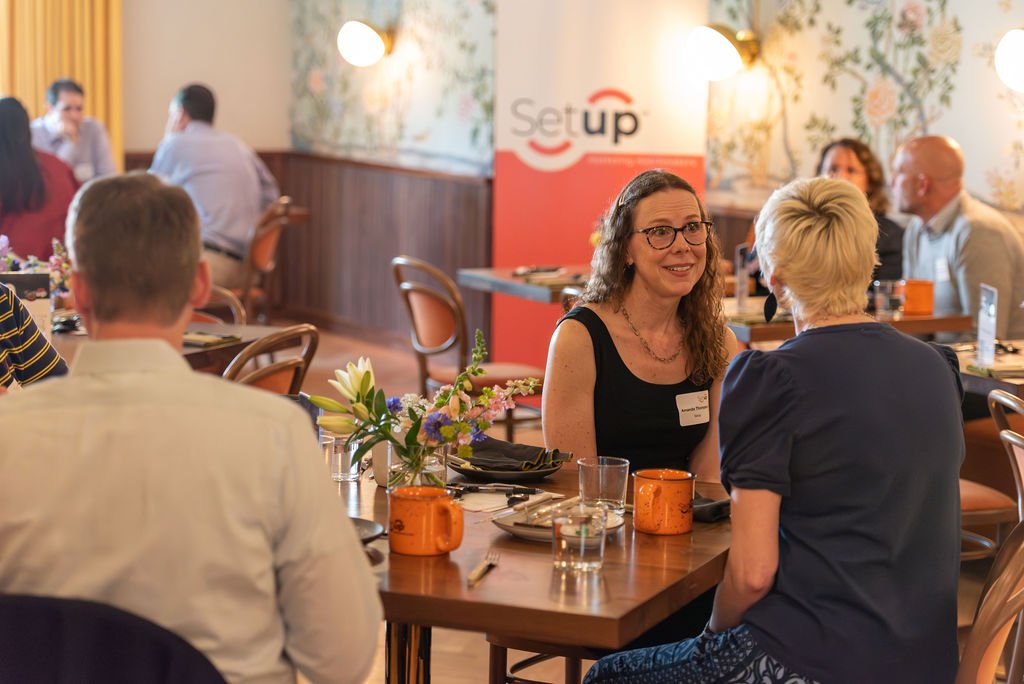
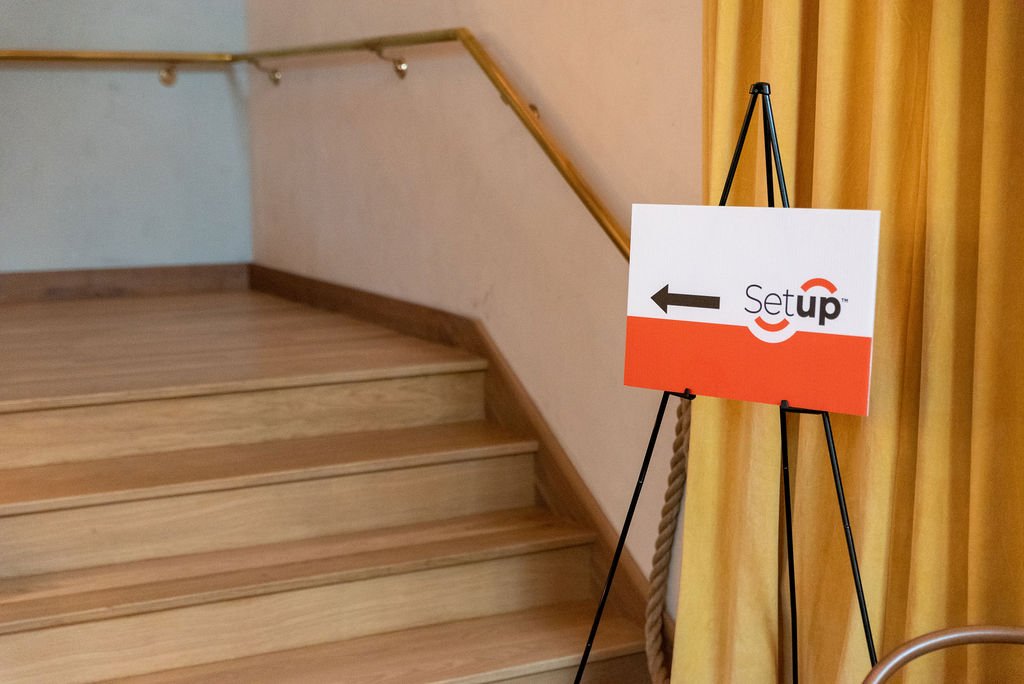


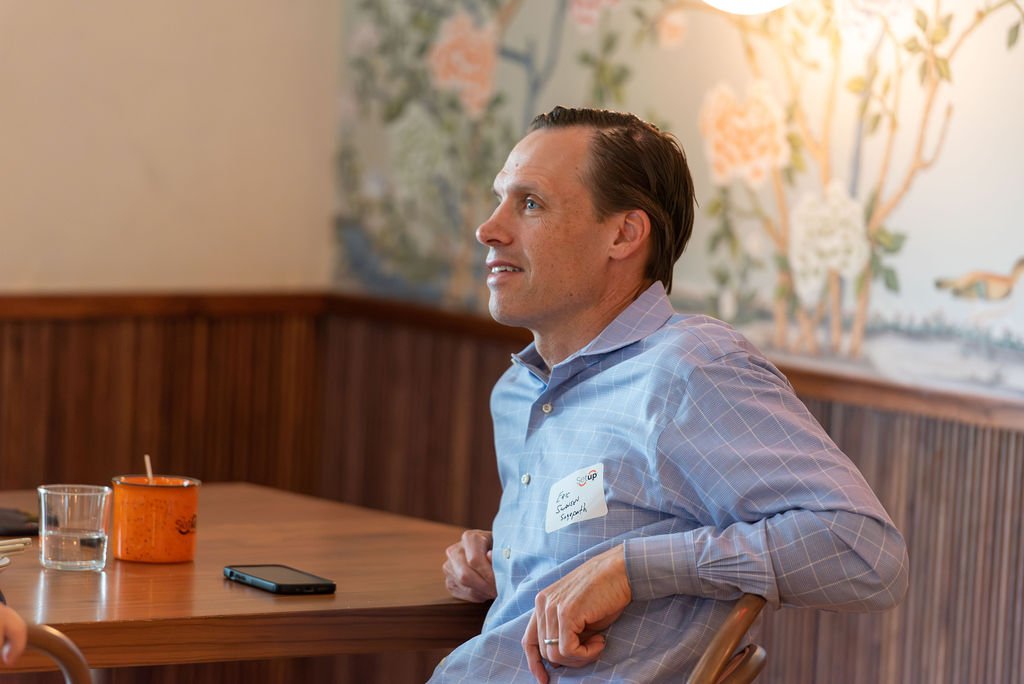




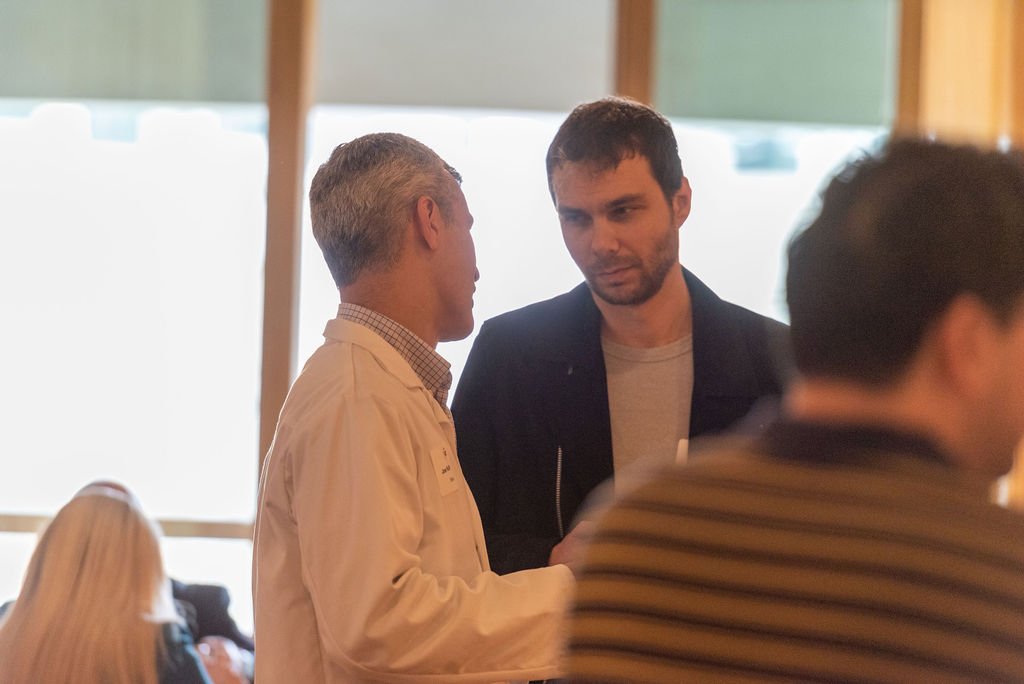

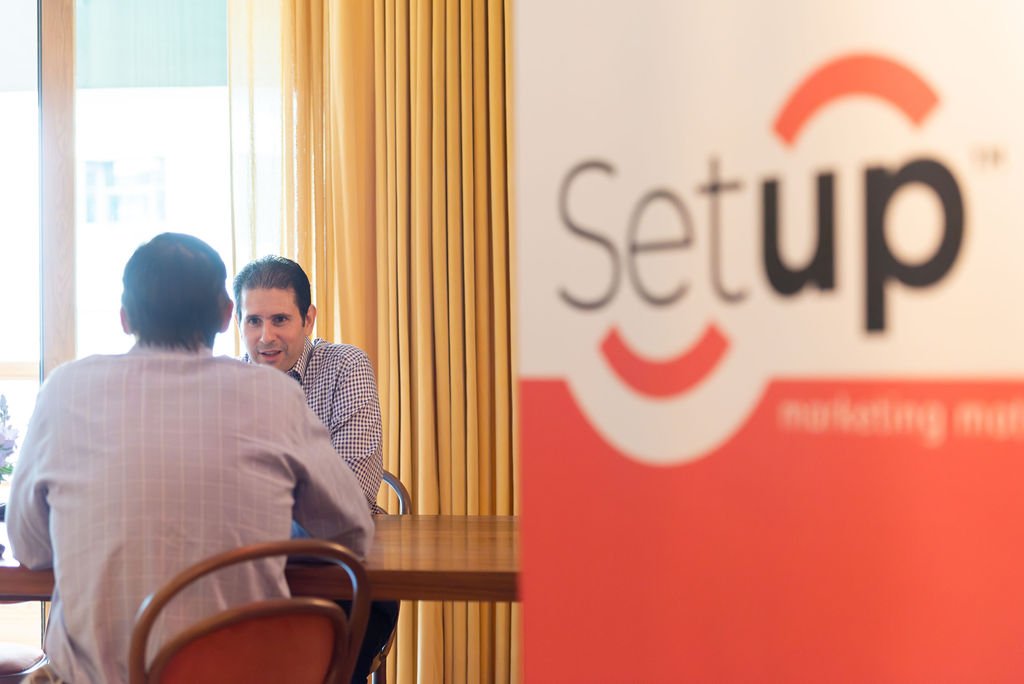
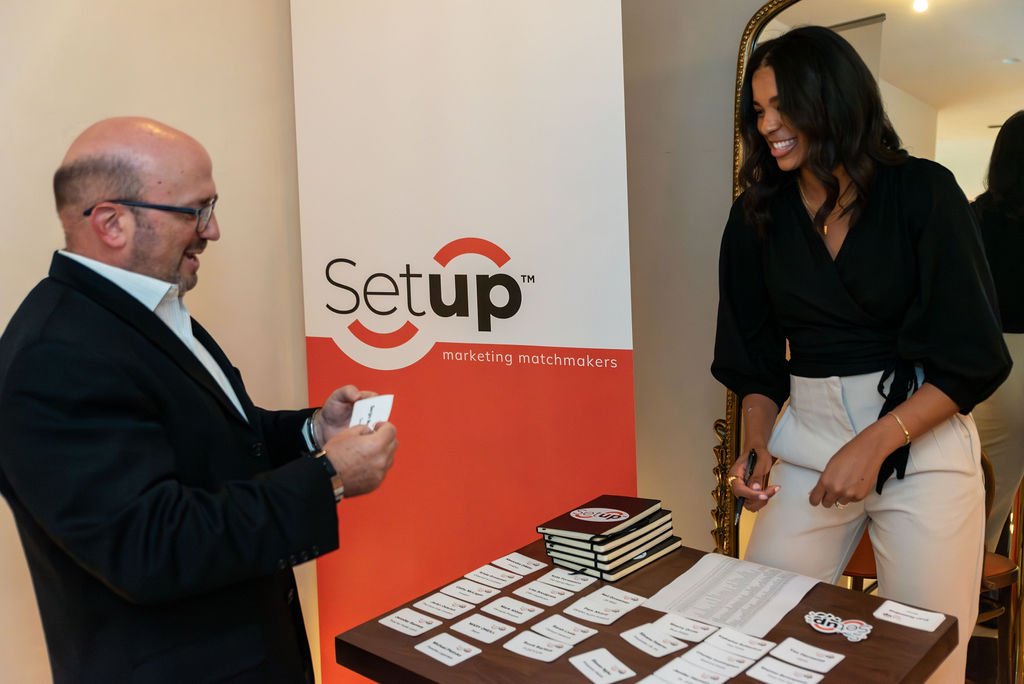
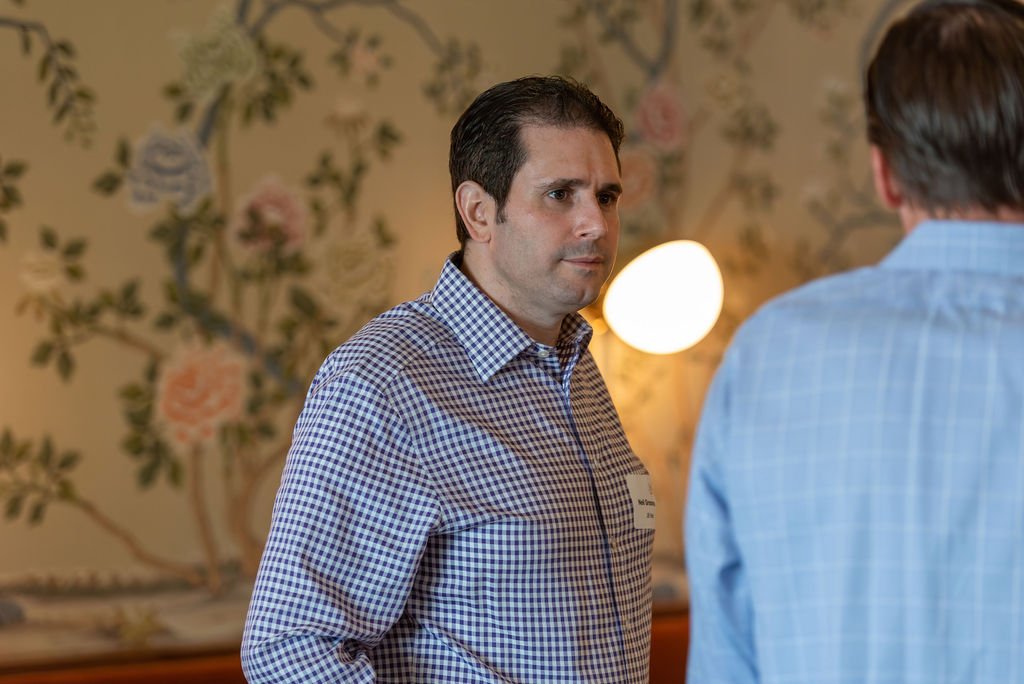
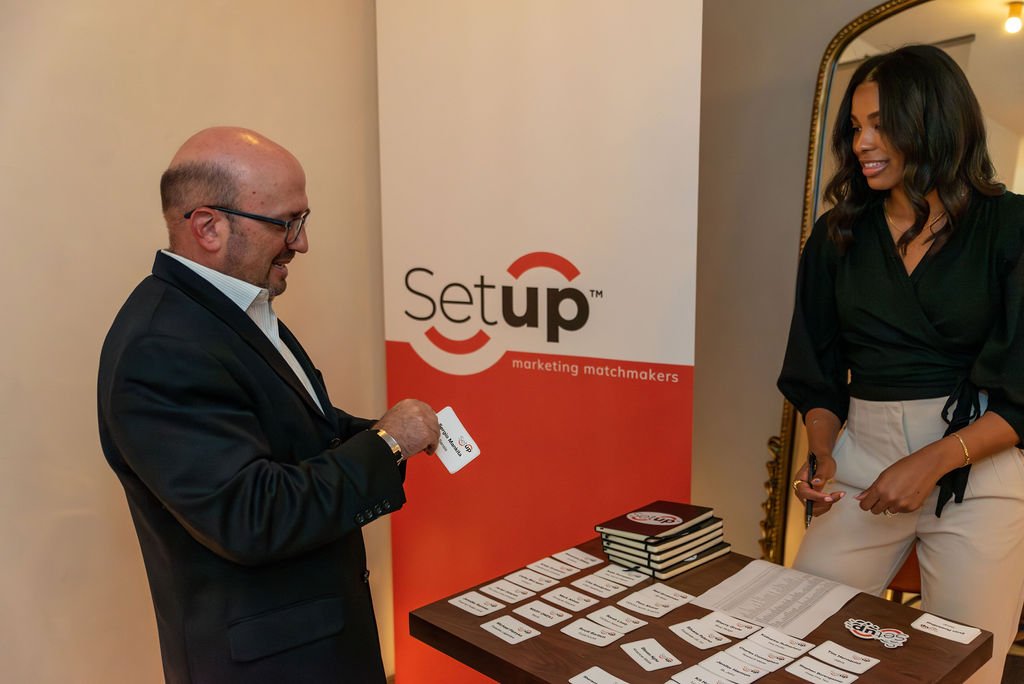




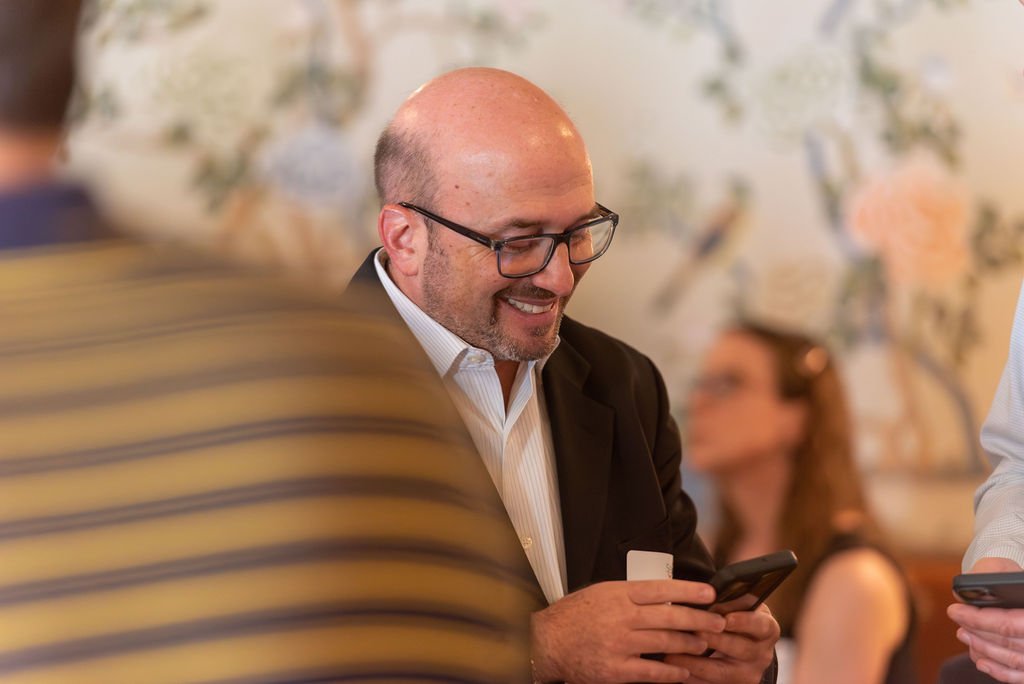

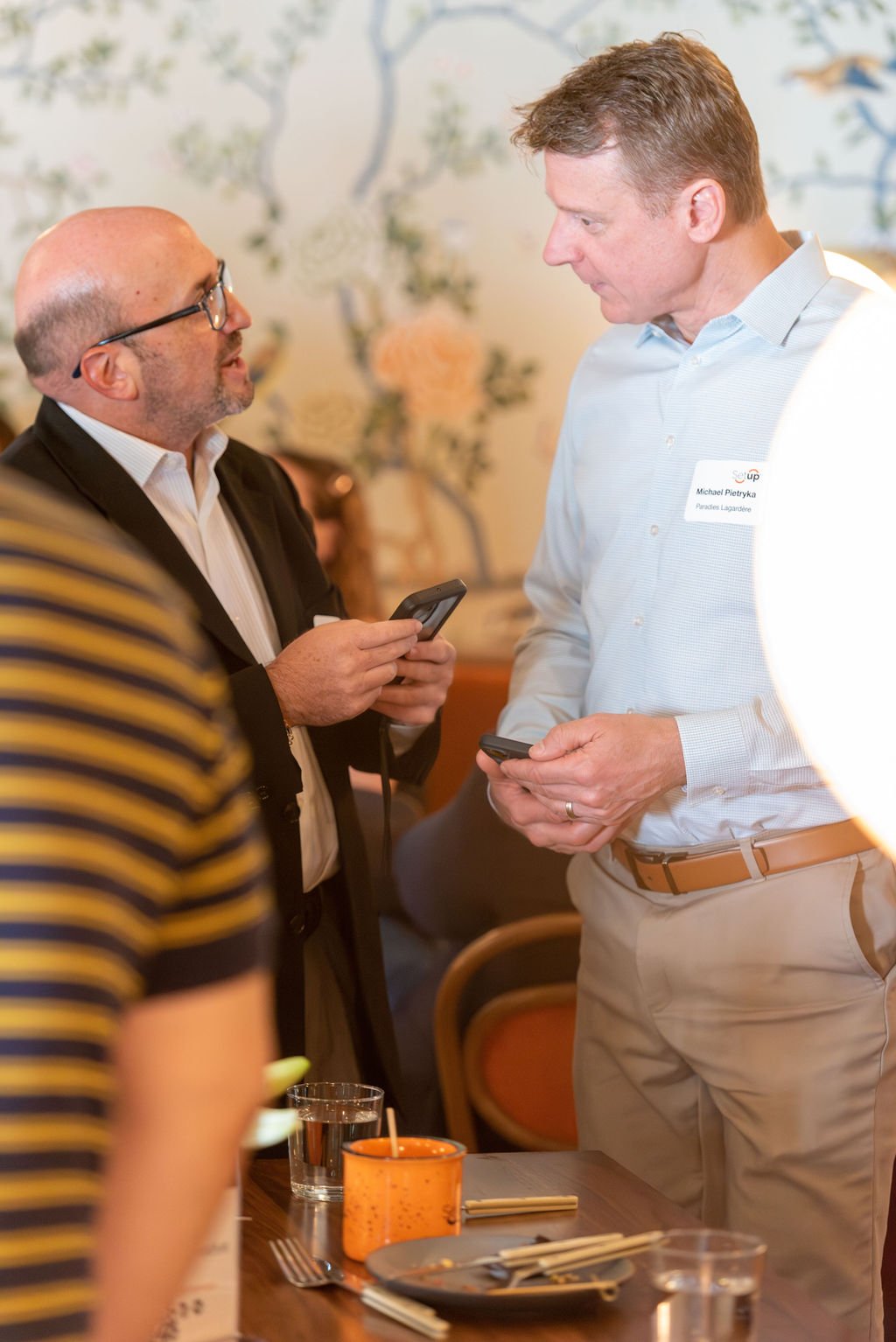
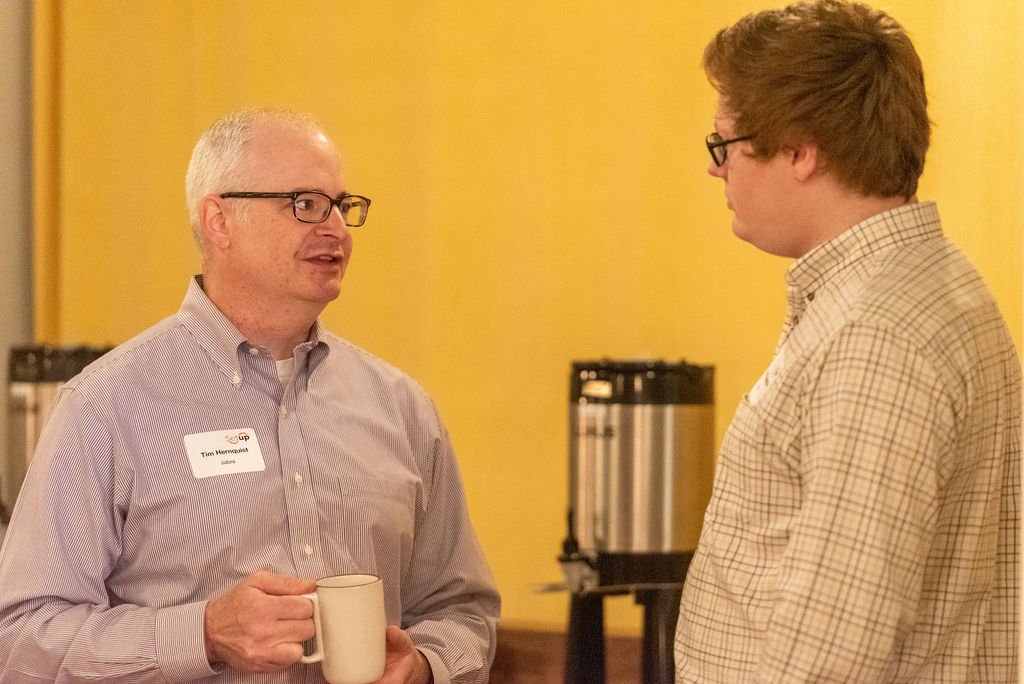
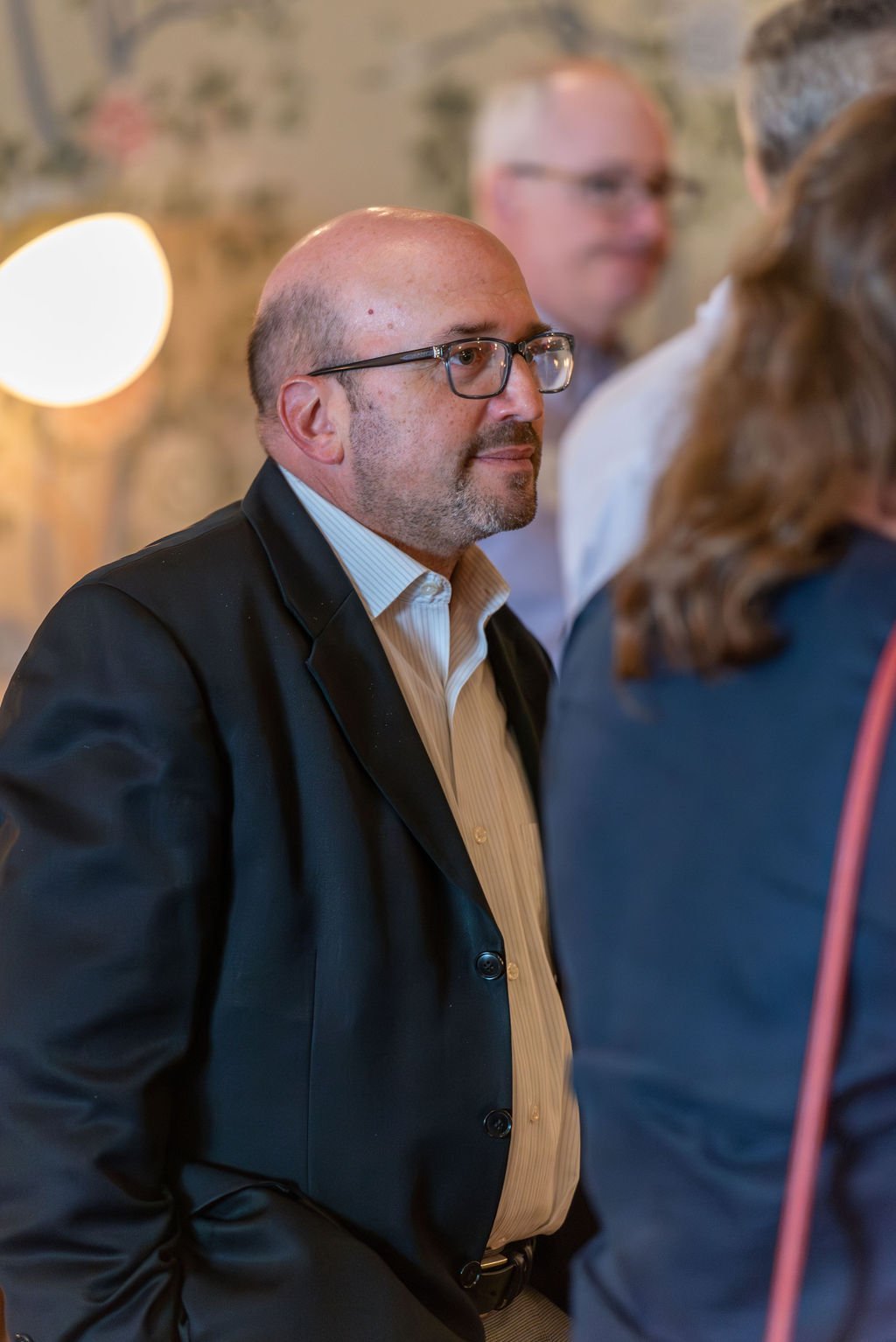

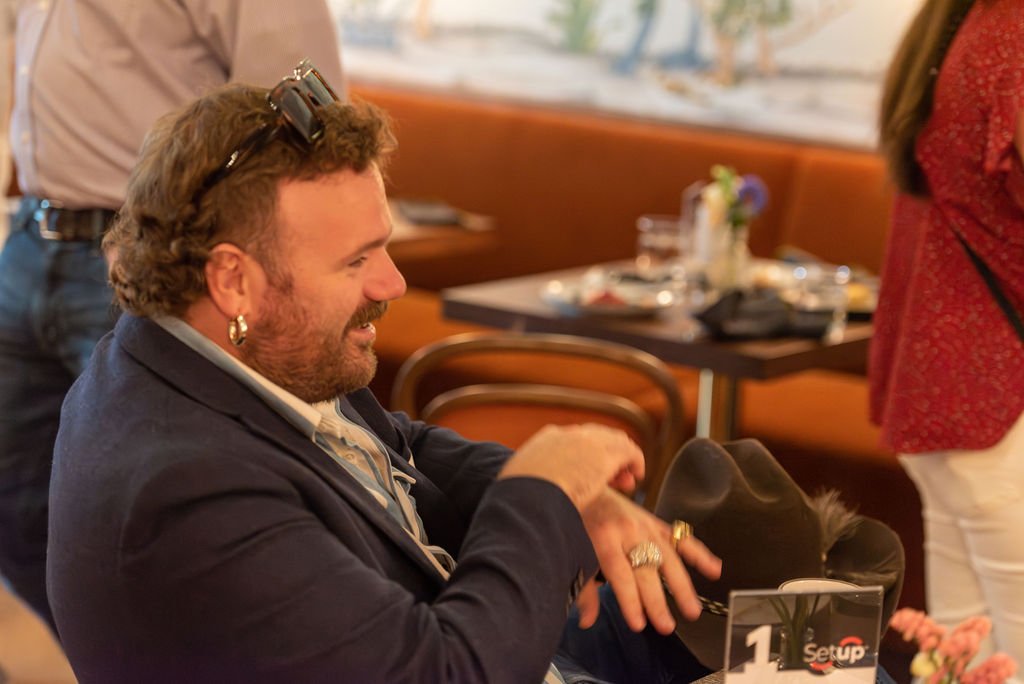


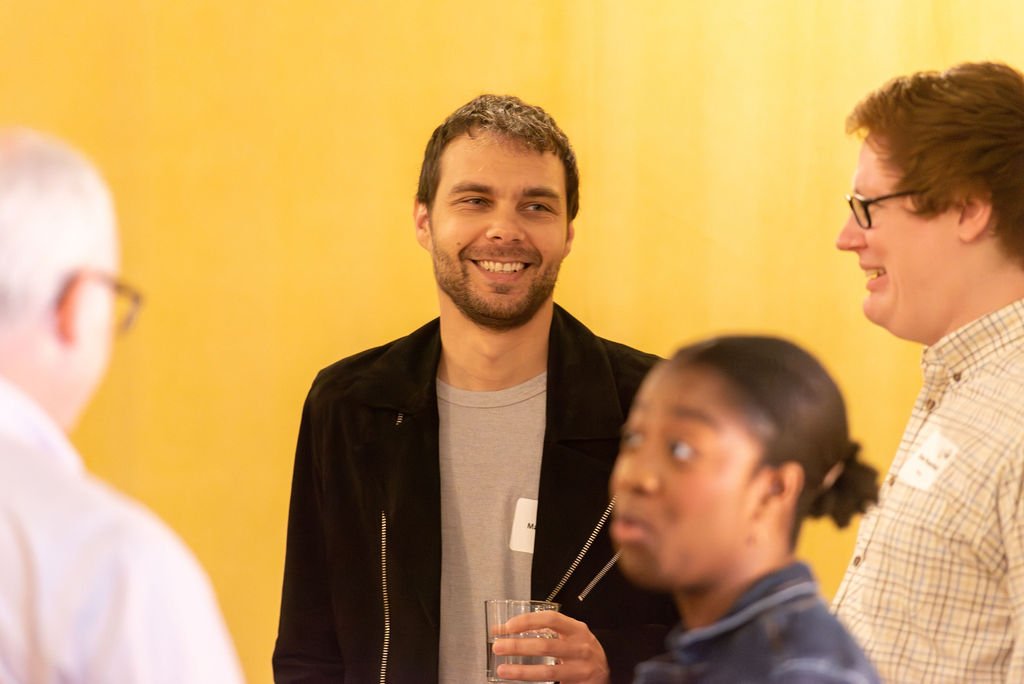

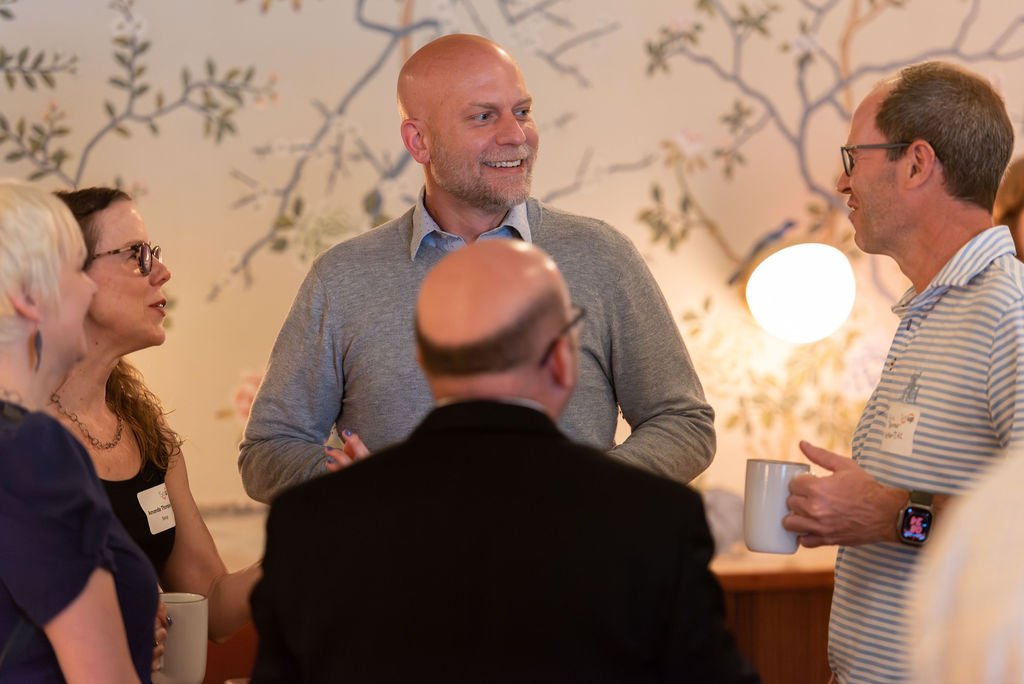
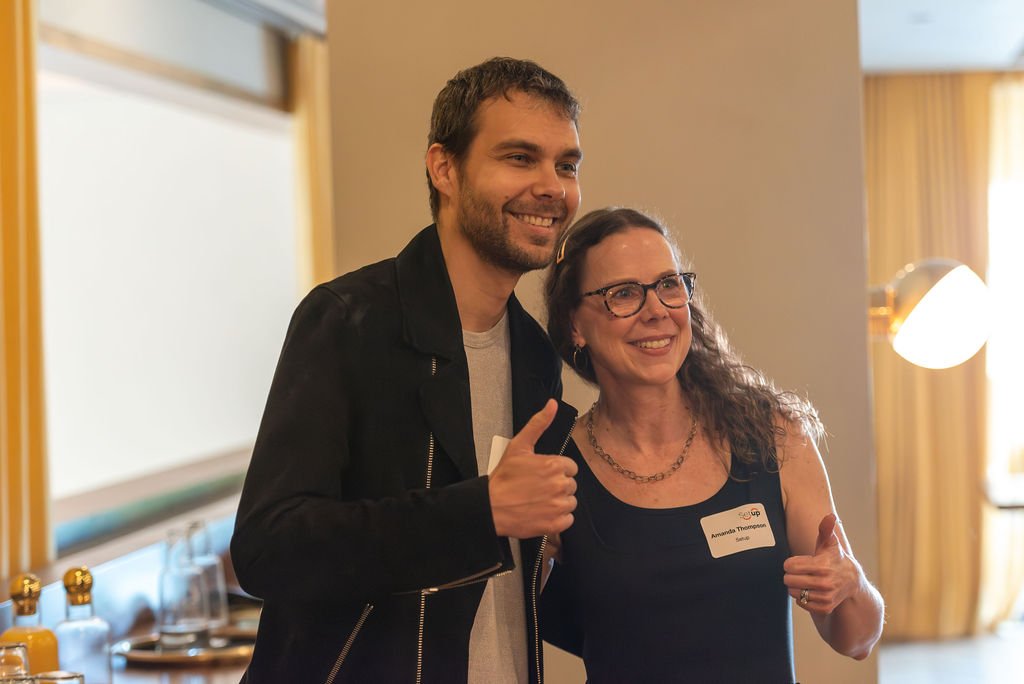


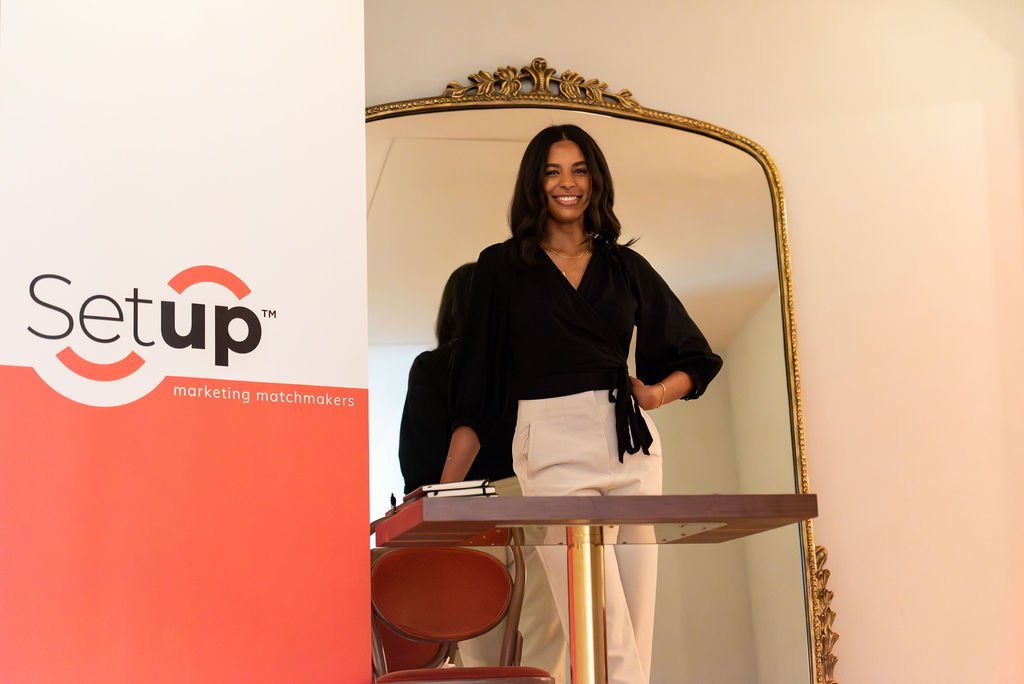












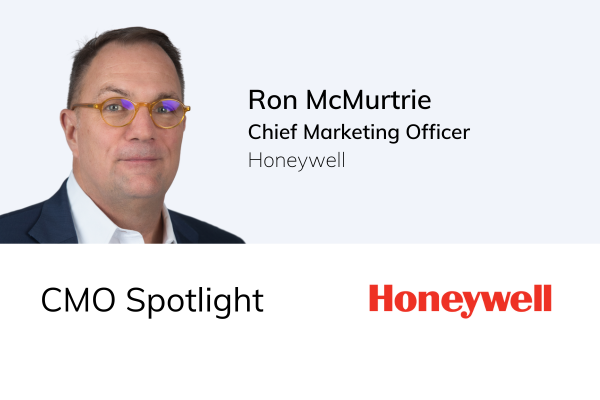


















Joe Koufman, author of The Connector’s Compass and Founder + CEO of Setup, shares his passion behind relationship building and why he wrote a book centered around people pursuing more meaningful connections.